| [1]薛震,牛丽媛,安刚,等.纳米羟基磷灰石/壳聚糖/半水硫酸钙为可注射骨组织工程支架材料的可行性[J].中国组织工程研究, 2015, 19(8):1160-1164.[2]杨国志,张长成,李振武,等.不同孔径的羟基磷灰石对组织工程骨血管化促进效果的研究[J].重庆医学, 2015,44(23):3195-3197.[3]许瑾,吴晶晶,王晓冬,等.羟基磷灰石复合骨组织工程支架的研究进展[J].生物骨科材料与临床研究,2015,13(2):63-66.[4]Giro G,Chambrone L,Goldstein A,et al.Impact of osteoporosisn dental implants: A systematic review.World J Orthop.2015;6(2):311-315. [5]Jamjoom A,Cohen RE.Grafts for ridge preservation.J Funct Biomater.2015;6(3): 833-848. [6]Lim HC,Kim MS,Yang C,et al.The effectiveness of astomized titanium mesh for ridge preservation with immediate implantation in dogs.Clin Implant Dent Relat Res.2015;17 (Suppl 2):e652-660. [7]年争好,李晖,李瑞欣,等.纳米羟基磷灰石/胶原蛋白/丝素蛋白复合骨组织工程支架材料的生物相容性[J].中国组织工程研究, 2015,19(8):1149-1154.[8]管东华,林映荷,黄建生,等.纳米羟基磷灰石/聚羟基丁酸酯骨组织工程支架的制备及性能表征[J].中国组织工程研究, 2015, 19(25):3983-3989. [9]Gloria A,De Santis R,Ambrosio L.Polymer-based composite scaffolds for tissue engineering.J Appl Biomater Biomech. 2010;8(2):57-67.[10]Will J,Gerhardt LC,Boccaccini AR.Bioactive Glass-Based Scaffolds for Bone Tissue Engineering.Adv Biochem Eng Biotechnol.2012;126:195-226. [11]Gardiner A,Weitzel PP.Bone graft substitutes in sports medicine. Sports Med Arthrosc.2007;15(3):158-166.[12]Chung S,King MW.Design concepts and strategies for tissue engineering scaffolds. Biotechnol Appl Biochem. 2011; 58(6): 423-438.[13]Gonzalez Ocampo JI,Escobar Sierra DM,Ossa Orozco CP.Porous bodies of hydroxyapatite produced by a combination of the gel-casting and polymer sponge methods. J Adv Res.2016;7(2):297-304.[14]Wu H,Zhang T,Li Y.Fabrication of biomorphic Zr C/C ceramics by sol-gel and carbothermal reduction processing.Ceram Int.2015;41(10):13034-13041.[15]Shao RX,Quan RF,Huang XL,et al.Evaluation of porous gradient hydroxyapatite/zirconia composites for repair of lumbar vertebra defect in dogs.J Biomater Appl. 2016;30(9): 1312-1321. [16]何庆华,宋琛,马玉龙.羟基磷灰石植入物眼窝成形术[J].中华眼科杂志,1997,33(3):219-221.[17]Soparkar CN,Wong JF,Patrinely JR,et al.Porous polyethylene implant fibrovascularization rate is affected by tissue wrapping, agarose coating, and insertion site.Ophthal Plast Reconstr Surg.2000;16(5):330-336.[18]Kirzhner M,Shildkrot Y,Haik BG,et al.Pediatric Anophthalmic Sockets and Orbital Implants: Outcomes with Polymer-Coated Implants.Ophthalmology. 2013;120(6): 1300-1304. [19]邱瀚宣,郑吉驷,张善勇.牙槽窝保存的研究进展[J].中国口腔颌面外科杂志,2016,14(6):572-576.[20]Defouw DO,Rizzo VJ,Steinfeld R,et al. Mapping of the microcirculation in the chick chorioallantoic membrane during normal angiogenesis.Microvascular Res.1989;38(2):136-147.[21]Knighton D,Ausprunk D,Tapper D,et al.Avascular and vascular phases of tumor growth in the chick embryo.Br J Cancer.1977;35(3):347-356.[22]Kulanthaivel S,Roy B,Agarwal T,et al.Cobalt doped proangiogenic hydroxyapatite for bone tissue engineering application.Mater Sci Eng C Mater Biol Appl. 20161;58: 648-658. [23]Subramaniam S,Fang YH,Sivasubramanian S,et al.Hydroxyapatite-calcium sulfate-hyaluronic acid composite encapsulated with collagenase as bone substitute for alveolar bone regeneration.Biomaterials.2016;74:99-108.[24]Qi YC,Shen J,Jiang QY,et al.Hierarchical porous hydroxyapatite microspheres: synthesis and application in water treatment.J Mater Sci.2016;51(5):2598-2607.[25]Minardi S,Corradetti B,Taraballi F,et al.Evaluation of the osteoinductive potential of a bio-inspired scaffold mimicking the osteogenic niche for bone augmentation.Biomaterials. 2015;62:128-137.[26]Chen J,Pan P,Zhang Y,et al.Preparation of chitosan /nano hydroxyapatite organic-inorganic hybrid microspheres for bone repair.Colloids Surf B Biointerfaces.2015;134:401-407.[27]夏伟.羟基磷灰石义眼台临床应用16例[J].眼科新进展,2005, 25(4):300.[28]Nomura H,Ishikawa C,Komatsuda T,et al.A disk-type apparatus for applying fluid shear stress on cultured endothelial cell.Biorheology.1988;25(3):461-470.[29]Toda M,Yamamoto K,Shimizu N,et al.Differential gene responses in endothelial cells exposed to a combination of shear stress and cyclic stretch.Biotechnol.2008;133:239-244.[30]Ando J,Yamamoto K.Vascular Mechanobiology Endothelial Cell Responses to Fluid Shear Stress.Circ J. 2009;73(11): 1983-1992.[31]Wang JH,Thampatty BP.Mechanobiology of adult and stem cells.Int Rev Cell Mol Biol.2008;271:301-346. |
.jpg)
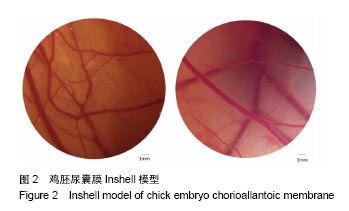
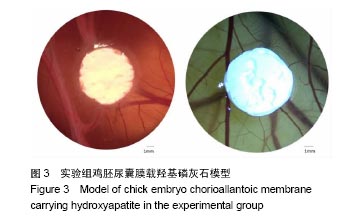
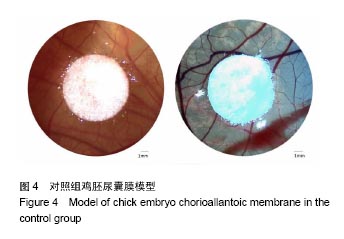
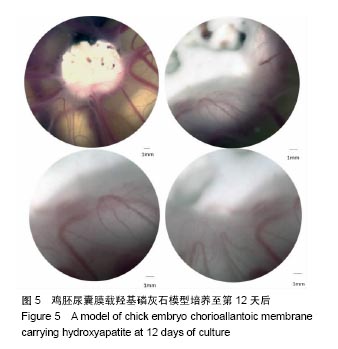
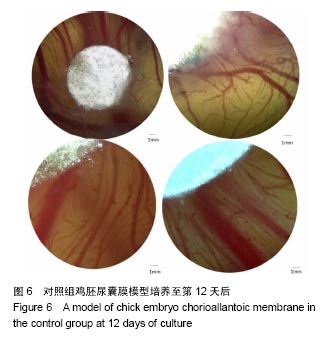


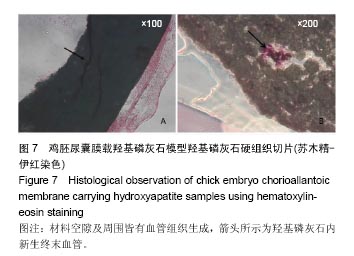
.jpg)
.jpg)